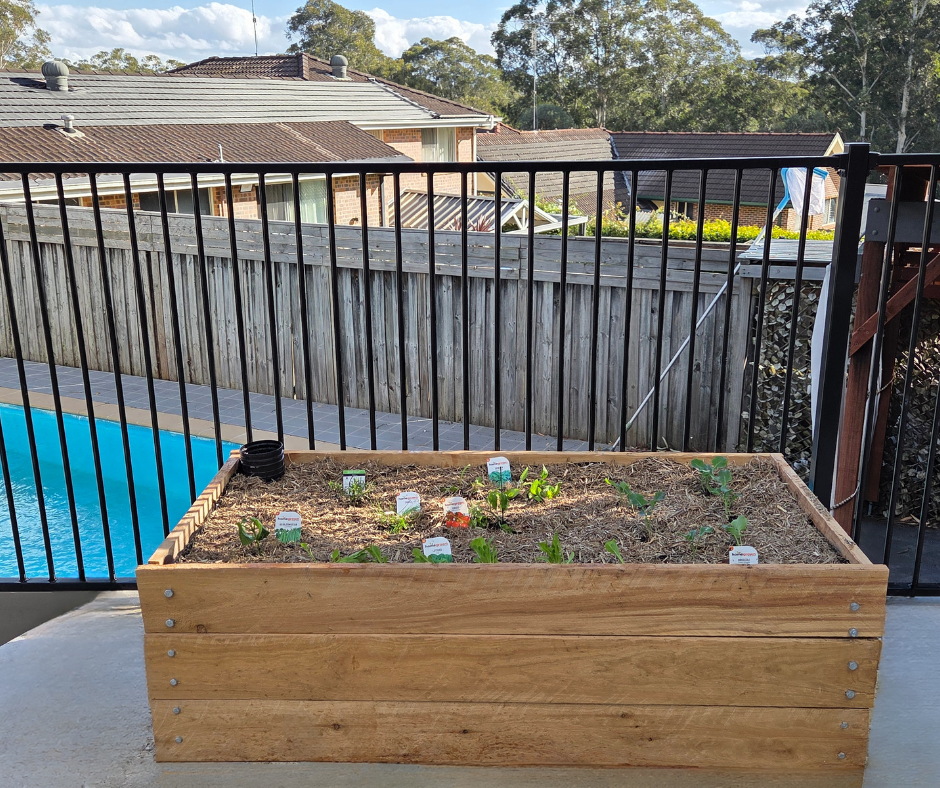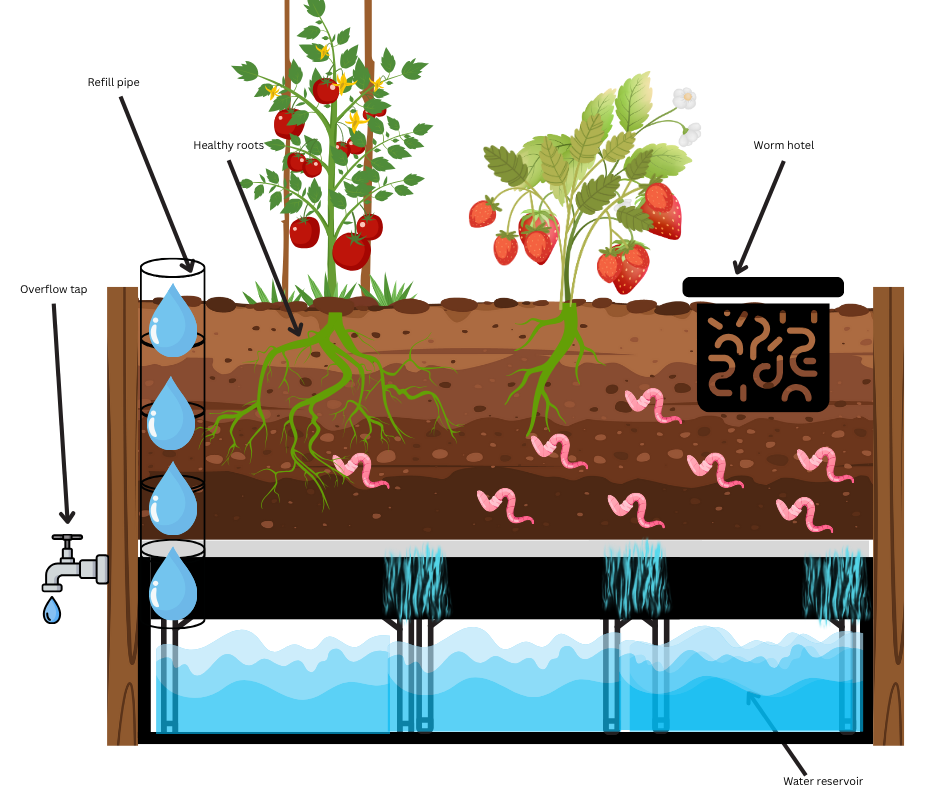How Wicking Beds Can Save Your Garden In Australia
- Andrew Milne
- Jul 21
- 2 min read
Australia’s climate is tough on gardens—scorching summers, water restrictions, and unpredictable rainfall can make growing your own vegetables feel like an uphill battle. But what if there was a way to keep your garden thriving with less watering, fewer weeds, and healthier plants?
Enter wicking beds—the water-saving, low-maintenance solution that’s revolutionizing gardening across Australia. In this guide, we’ll explore how wicking beds work, why they’re perfect for our climate, and how they can save your garden from drought, heat stress, and wasted water.

Why Australian Gardens Struggle (And How Wicking Beds Help)
1. Water Scarcity & Restrictions
Many parts of Australia face water restrictions, especially in summer.
Traditional gardens lose up to 90% of water to evaporation and runoff.✅ Wicking beds solve this: Their built-in reservoir reduces water use by up to 70%, meaning fewer refills and no wasted H₂O.
2. Extreme Heat & Evaporation
Hot, dry winds and blazing sun dry out soil quickly, stressing plants.
Daily watering is often needed—but who has the time?✅ Wicking beds solve this: Water is stored below ground, where it’s protected from evaporation and delivered directly to roots.
3. Poor Soil & Nutrient Loss
Sandy or clay-heavy soil? Many Aussie gardens struggle with drainage.
Frequent watering washes away valuable nutrients from traditional raised beds.✅ Wicking beds solve this: The closed system keeps nutrients in the soil, leading to healthier, more productive plants.
How Wicking Beds Work (The Magic Behind the System)
A wicking bed is a self-watering raised garden bed with three key layers:
Water Reservoir (Bottom Layer)
Stores water, which is drawn upward by capillary action (like a sponge).
Soil Layer (Middle)
Plants grow here, pulling moisture as needed—no over- or under-watering.
Mulch Layer (Top)
Further reduces evaporation and keeps roots cool.
The Result?
Water less often (top up the reservoir every 1-2 weeks instead of daily).
No more wilted plants—consistent moisture = happy veggies.
Fewer weeds (since the surface stays drier).
5 Reasons Wicking Beds Are Perfect for Australia
1. Survives Water Restrictions
Ideal for areas with tight water limits—uses water efficiently.
2. Thrives in Heatwaves
Unlike traditional gardens, wicking beds keep roots hydrated even in 40°C+ weather.
3. Grows More with Less Work
Studies show wicking beds produce higher yields with less effort.
4. Works in Small Spaces
Perfect for urban gardens, balconies, and courtyards (like our Slimline 0.4m beds).
5. Saves Money Long-Term
Less water used = lower bills. Plus, no need for expensive irrigation systems.
What Can You Grow in a Wicking Bed?
Almost anything! Best performers in Australia include:
✔ Leafy greens (lettuce, spinach, kale)
✔ Tomatoes & cucumbers (love the steady moisture)
✔ Herbs (basil, parsley, coriander)
✔ Root veggies (beetroot, radishes—just avoid super-deep carrots)
Ready to Drought-Proof Your Garden?
At Wickwell Gardens, we build high-quality, chemical-free wicking beds designed for Australian conditions. Choose from:
Slimline (0.4m) – Balcony-friendly.
Classic (0.8m) – Perfect for most homes.
Grand (1.2m) – For serious growers.
Visit www.wickwellgardens.com.au/get-a-quote to check out our amazing range!
_edited.jpg)





Comments